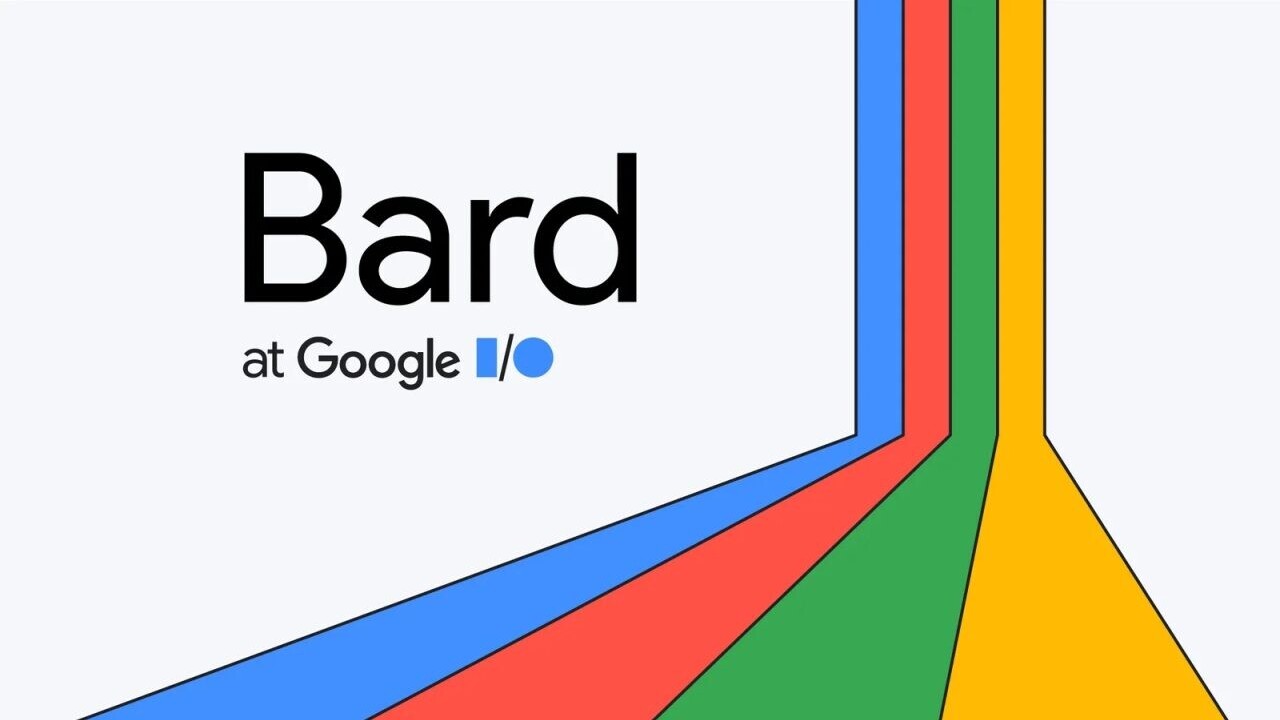
Story by
Linnea Ahlgren
During its I/O 2023 event yesterday, Google announced it had officially removed the waitlist for its AI-powered chatbot Bard and made the service available in 180 countries and territories.
Sadly for most Europeans keen on testing the tech giant’s contribution to the generative AI race, the countries of the European Union are not included in the list.
The company has not made any comments on why the EU has been left out. However, it would not be too far-fetched to assume it has something to do with how members of the bloc have reacted to the introduction of OpenAI’s ChatGPT.
In all likelihood, Google is also waiting for the finalisation of the EU’s much-anticipated AI Act, before unleashing Bard across the continent. The leading European Parliament committees gave their approval for the act earlier today, with a tentative plenary adoption date scheduled for 14 June.
While not offering any specific plans for increased geographical access, Google says it will “gradually expand to more countries and territories in a way that is consistent with local regulations and our AI principles.”
Trained on Google’s new model
Along with the release of Bard to much of the world (and sharp VPN wielders), Google also introduced a range of new features to the chatbot. First of all, it is now powered by Google’s newest large language model: PaLM2, an upgraded version of PaLM, released in April. Meanwhile, Bard was still introduced as a “conversational AI experiment.”
According to Sissie Hsiao, Google VP and General Manager for Google Assistant and Bard, the chatbot has now been trained in 20 programming languages. This means that users can ask it to produce, debug and improve code in, for instance, C++, Python, and JavaScript.
In addition, users can now switch to the apparently much-requested dark mode. But what’s more, they can also create images through Bard, using Adobe’s AI art generator Firefly via an extension feature that allows it to integrate with third party apps and platforms.

Thus far, Bard is available in English, Japanese, and Korean, but Google says it is on track to support 40 languages.
Will it be up to snuff?
In a move generally considered to have been premature, Bard was released two months ago for select users in the US and the UK. Consensus has been that in effort to keep up with competitors, Google rushed the introduction of the chatbot before it was ready.
As a result, the company faced the ridicule of not only tech savvy commentators, but also its own employees. As reported by Bloomberg, phrases such as “pathological liar” and “cringe-worthy” were thrown about on internal messaging boards. But what is one of the big five to do when its very core business is under threat?
To say that Google is enamoured by artificial intelligence at the moment would be something of an understatement. For I/O 2023, it came armed with a ton of new AI announcements, beyond Bard. In fact, Sundar Pichai opened the event by once more stating that Google has “reimagined” all its core products.
Pretty sure Google is focusing on AI at this year’s I/O. #GoogleIO pic.twitter.com/RxlFQw2l8b
— The Verge (@verge) May 10, 2023
And speaking of core businesses, Google Search is getting something the company calls “AI-powered snapshots.” When users opt in for the brand new Search Generative Experience, the search engine will produce AI-powered answers at the top of the results.
Other products that are getting an AI makeover are Gmail and Docs, where you can prompt AI to “help me write” things such as potentially tricky emails or job applications. Sheets now has a function called “help me create” to help you set up tables with anything you may need when it comes to, say, running a business (dog walking was the example offered by Google during the presentation probably because, well, dogs).
Maps is getting something called Immersive View, which will allow you to visually walk, cycle, or drive a specific route complete with predicted weather conditions, before you actually get out the door. It will be rolled out across 15 cities, including Amsterdam, Berlin, Dublin, Florence, London, Paris, and Venice by the end of the year.
Whether or not much of Europe will get to test the mettle of the ‘new and improved’ Bard by then is another matter.
Get the TNW newsletter
Get the most important tech news in your inbox each week.
Also tagged with